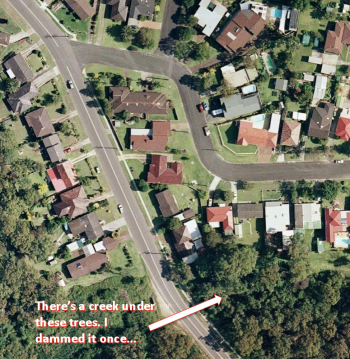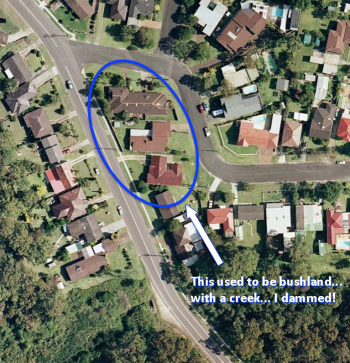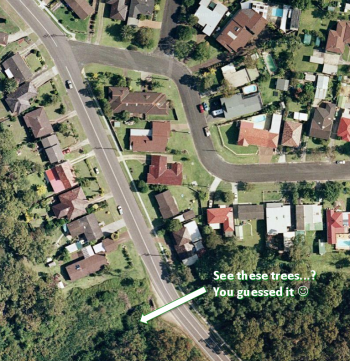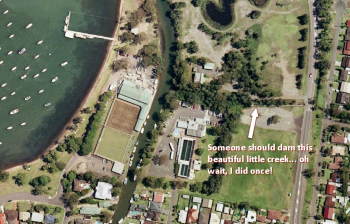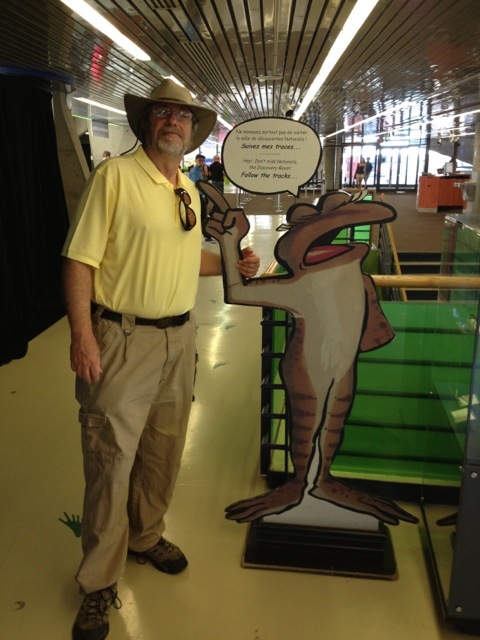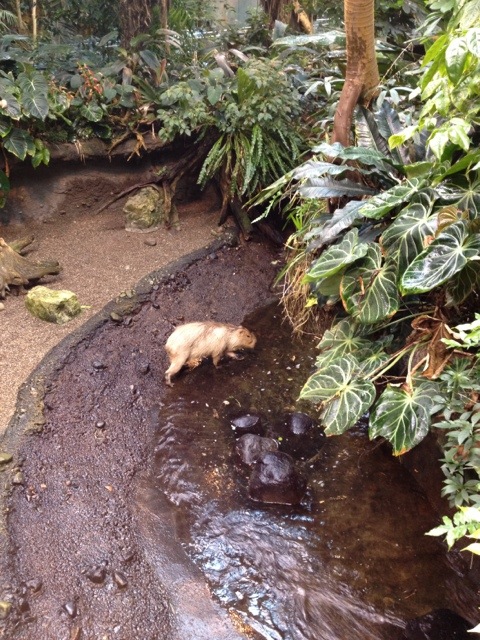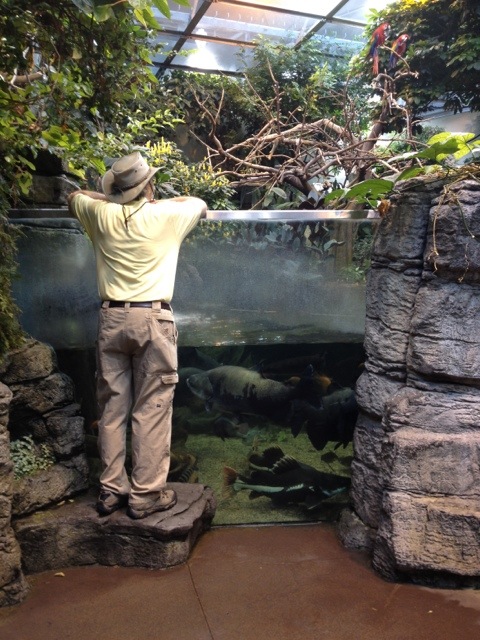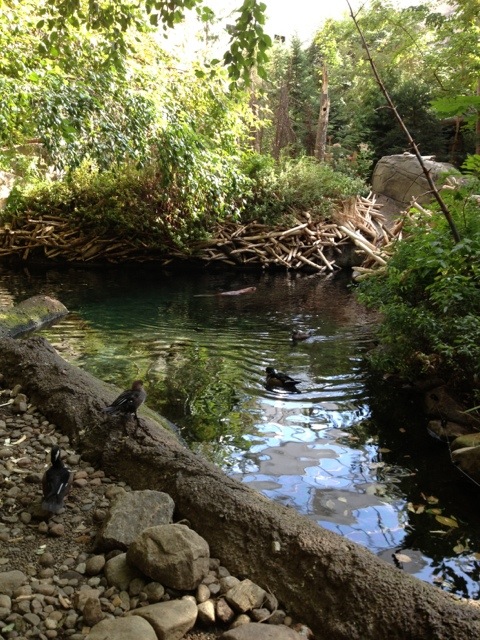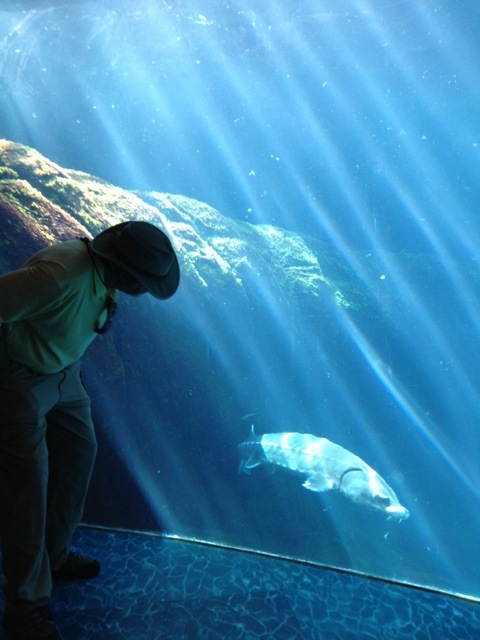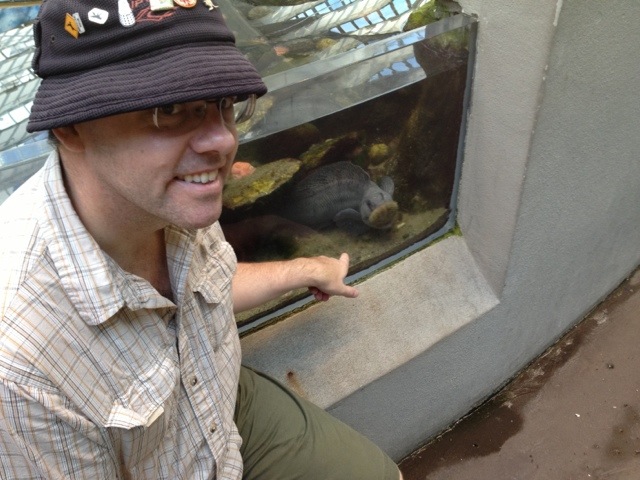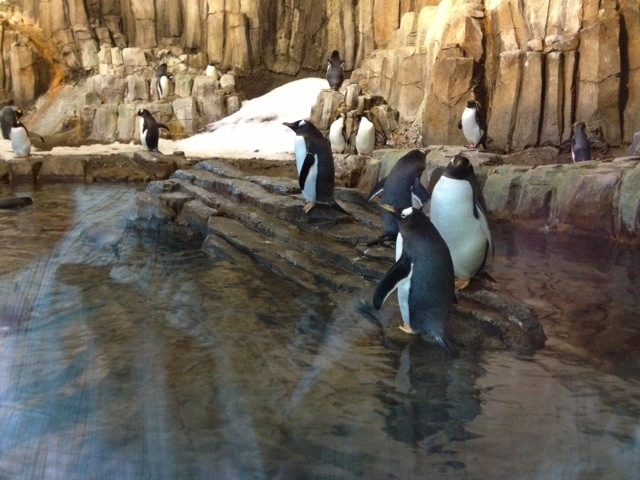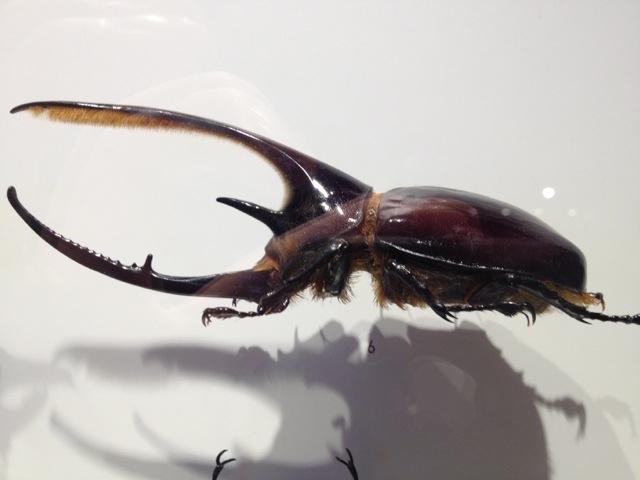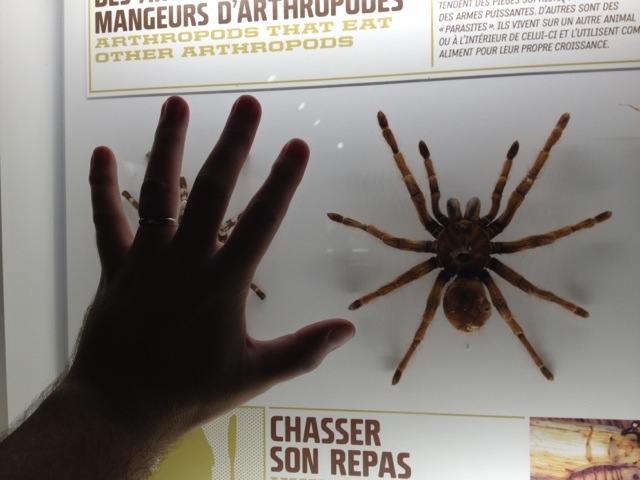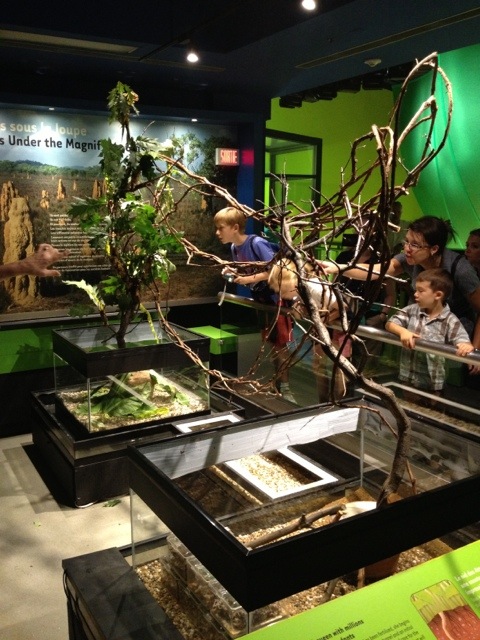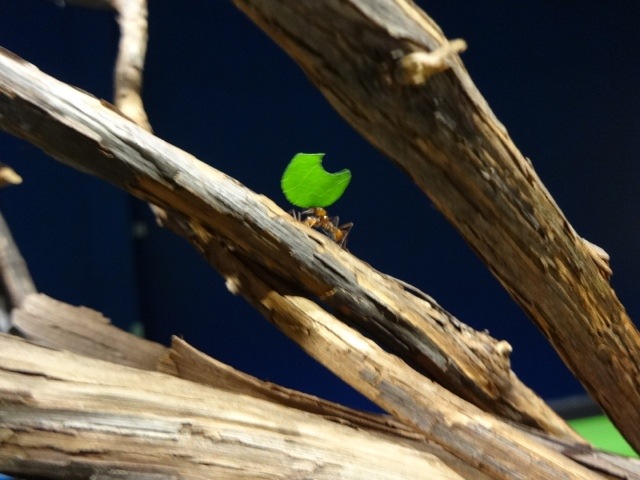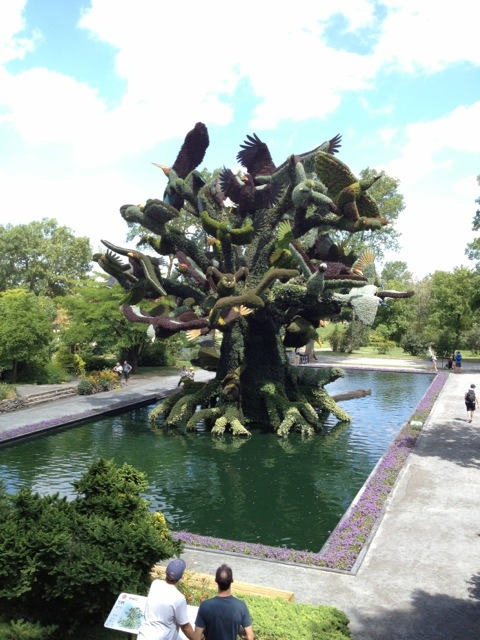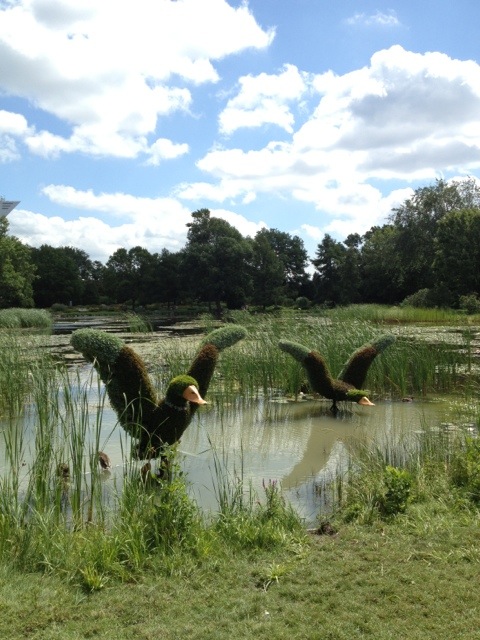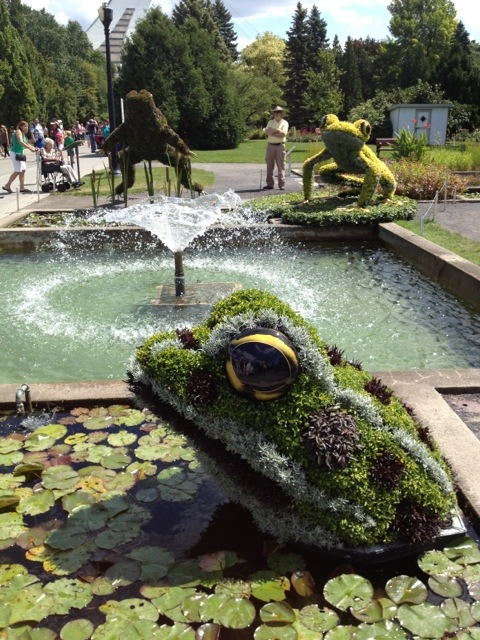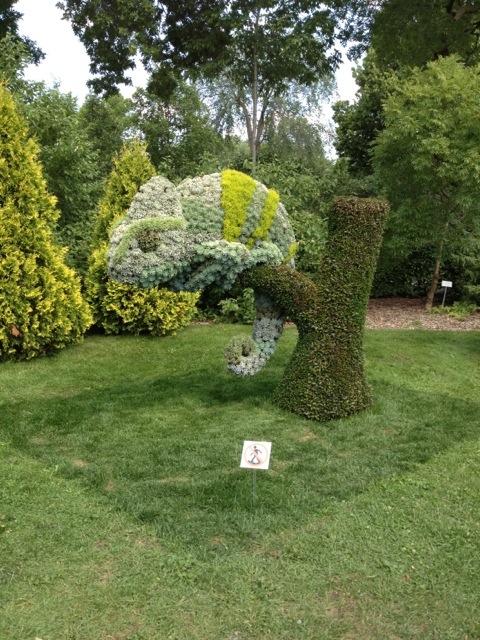You may have heard the news: last week NASA confirmed that the probe Voyager 1, launched back on September 5 1977, had left our solar system and is now in interstellar space. Moving at over 60,000 km/hr, it is now headed toward the Great Unknown, and in a decade or two will leave humanity behind.
For such a brave and successful explorer, this future is both appropriate and yet deeply saddening.
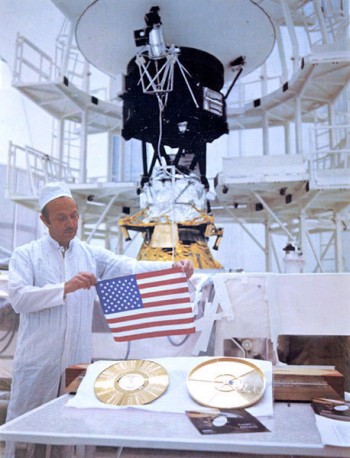
That was Voyager before it was launched. For it’s time, it had the most sophisticated computers, detectors, imaging systems and transmitters known. The software was upgradeable, and it even had a 64 kB tape drive on which it could backup data if it was temporarily unable to transmit it home. The primary mission of Voyager, following on from the earlier Pioneer probes, was to explore the outer Solar System, specifically Saturn and Jupiter.
And how it succeeded! 14 months after launch Voyager reached Saturn (the ‘Jovian system’) and began to send back spectacular images like this:
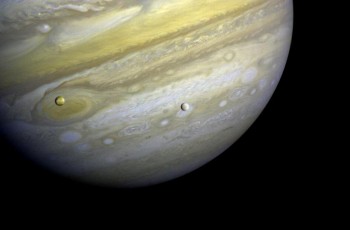
That’s Jupiter with two of it’s moons, Io (left) and Europa. Voyager was about 350,000 kilometers away when this was taken, and this and other images gave us knowledge of Jupiter and it’s moons – such as rings, volcanic activity and the atmospheric winds – that we could never have known without such close-range observation. Voyager spent about 5 months close enough to Jupiter to study it and then continued on toward Saturn.
It took almost a year and a half more to get to the next planet, but once Voyager arrive it once again astonished everyone back here at home with not only its scientific discoveries (including details of the surfaces of the many moons and complex structures of the rings) but also photos like this one that has become famous:
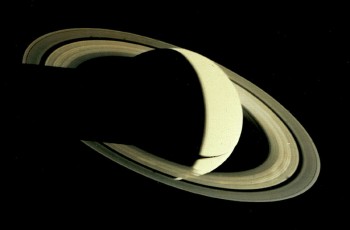
This angle is not observable from Earth, and obviously it is impossible to image Saturn with this resolution from here (or even Earth orbit). Were it not for Voyager, we simply wouldn’t have had an image as beautiful as this.
After Saturn, in November 1980, Voyager’s primary mission was ended, a little over three years after it had begun. That was 33 years ago.
But Voyager didn’t stop! Unlike Cassini (which is even now orbiting Saturn and at the end of it’s mission in four years will crash into the planet), Voyager continued along a trajectory which would take it to the very edges of our Solar system. It was still powered and scientists at NASA continued to use the instruments for experiments related to the composition of space and the influence of the Sun at long distances, but Voyager continued moving further and further away from home.
in February 1990 Voyager took its last – and perhaps most famous – photograph, shortly thereafter dubbed ‘Pale Blue Dot’:
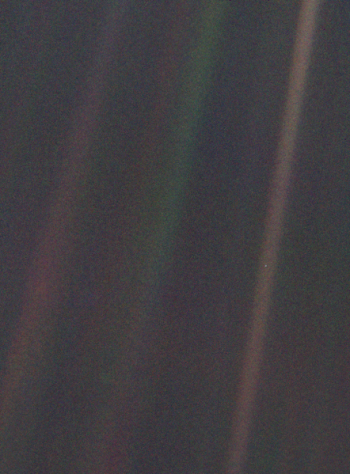
See that tiny bright spot about halfway down the brown stripe on the right side? That’s where you are now; that’s Earth. This is Voyager looking home 13 years after it had left. This is the farthest-ever photo taken of Earth, taken from a distance of 6.5 billion kilometers. Shortly afterwards Voyagers cameras were shut down; the software uninstalled, and the computers back here on Earth used to interpret the images mothballed.
I wonder if any camera will ever photograph this planet from a distance greater than this photo?
And so Voyager continued, moving into the farthest reaches of our Solar System. In 1998 it passed Pioneer 10 (which had been launched 5 years before Voyager) and became the farthest man-made object from our planet. And yet it continued onward, and continues still.
It was confirmed recently by NASA that Voyager has now entered interstellar space, which means it had left our solar system (the area of space subject to the solar winds of our sun). It has been traveling for over 36 years now, and still continues to send data back to Earth. Voyager is now 18.7 trillion miles from Earth, and its messages take 17 hours to arrive. While some of the instruments have ceased to function, Voyager still has enough power to take measurements of the composition of deep space and send that data back to Earth. However in about a decade the instruments will be powered down, and in about 20 years Voyager will be out of our range. At that point, it will truly be gone.
One aspect of Voyager that made the probe famous from the very start was the Golden Record:
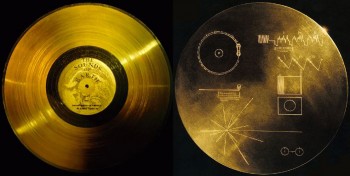
This disc is bolted to the craft, and contains images and sounds from Earth. This was intended as a sort of introduction to the people that created the probe, intended to be decoded by any intelligent race that may one day recover Voyager. The record is attached to the side of the craft and is protected against collisions with space dust by an aluminium case. It is presumed the record will be viable for over a billion years.
The contents of this disc are hopeful and wonderful and inspired. This ‘message in a golden bottle’ is not a plea for help; it is a plea for friends. Greetings in 55 languages (and ‘whale sounds’) are included, ranging from the very simply “Hello” (in Hebrew) to the poetic “Greetings to our friends in the stars. May time bring us together” (in Arabic). There is hardly enough information in these brief recordings to decode any meaning, but the intent is beautiful.
Additional sounds include those of nature (frogs and rain), industry (trains) and humanity (heartbeats, laughing). 90 minutes of music are also on the disc, including my dad’s favourite, Beethoven. Many images are also included, of all manner of topics including people, animals, science, nature and space exploration itself. I particularly like that the Sydney Opera House is on the disc.
As a child I used to wonder a lot about who would find this disc. I would have assumed that they would be able to play it and decode the images and sounds, and that one day they may find their way to the planet on which it was recorded. However the simple truth is that such a possibility – even if the aliens exist – is almost nonexistent.
Voyager is headed into deep space, on a mission with a duration that will make the 18 months between Jupiter and Saturn seem like a walk in the park. Voyager isn’t headed toward any particular star, much less the closest, and therefore it is difficult to predict where it will end up.
The distances in space are vast – so big as to be beyond human understanding. NASA says in about 40,000 years Voyager will be in the vicinity of the star Gleiss, which has an unusual elliptical orbit and will then be, at a distance of 3.6 light years, the closest star to Earth. But Voyager will (at best), be only about 1.6 light years from Gleiss. If it continues at its current speed, that means at best Voyager will only get within 28000 years of Gleiss. NASA is throwing us some hope with their statement: the truth is Voyager will continue for a very, very, long time before it actually ends up anywhere, if it even does at all.
And will it be found? In about 20 years Voyager will ‘die’; it’s power supply will shut down and it will stop transmitting. Think of the transmitter as a beacon. By then it will be too far for us to detect it, but presumably someone else closer than us might. But once the beacon is off, the finding such a tiny piece of metal in the impossibly vast expanse of space will become almost impossible. This is not a challenge that can be overcome by more and more sophisticated detection equipment; the inability to find Voyager will be due to simple laws of physics. Without any beacon to guide a potential discovery, Voyager will only be intercepted if it is literally stumbled upon.
The likelihood is that this will never happen, and Voyager will continue forever, alone and unfound, until one day perhaps it is captured by the gravitational field of an unknown sun billions of years from home.
Spare a thought for this little guy. He’s further than any human will ever be. He’s seen things no human will ever see. He will survive every person on this planet and very likely every person that will ever live on this planet. He may even survive this planet itself, when it is absorbed into our ever-growing sun billions of years from now. If that day ever arrives, the only history that we ever existed will be the remaining space probes, and Voyager will likely remain the farthest one that we ever sent into the Great Unknown.
